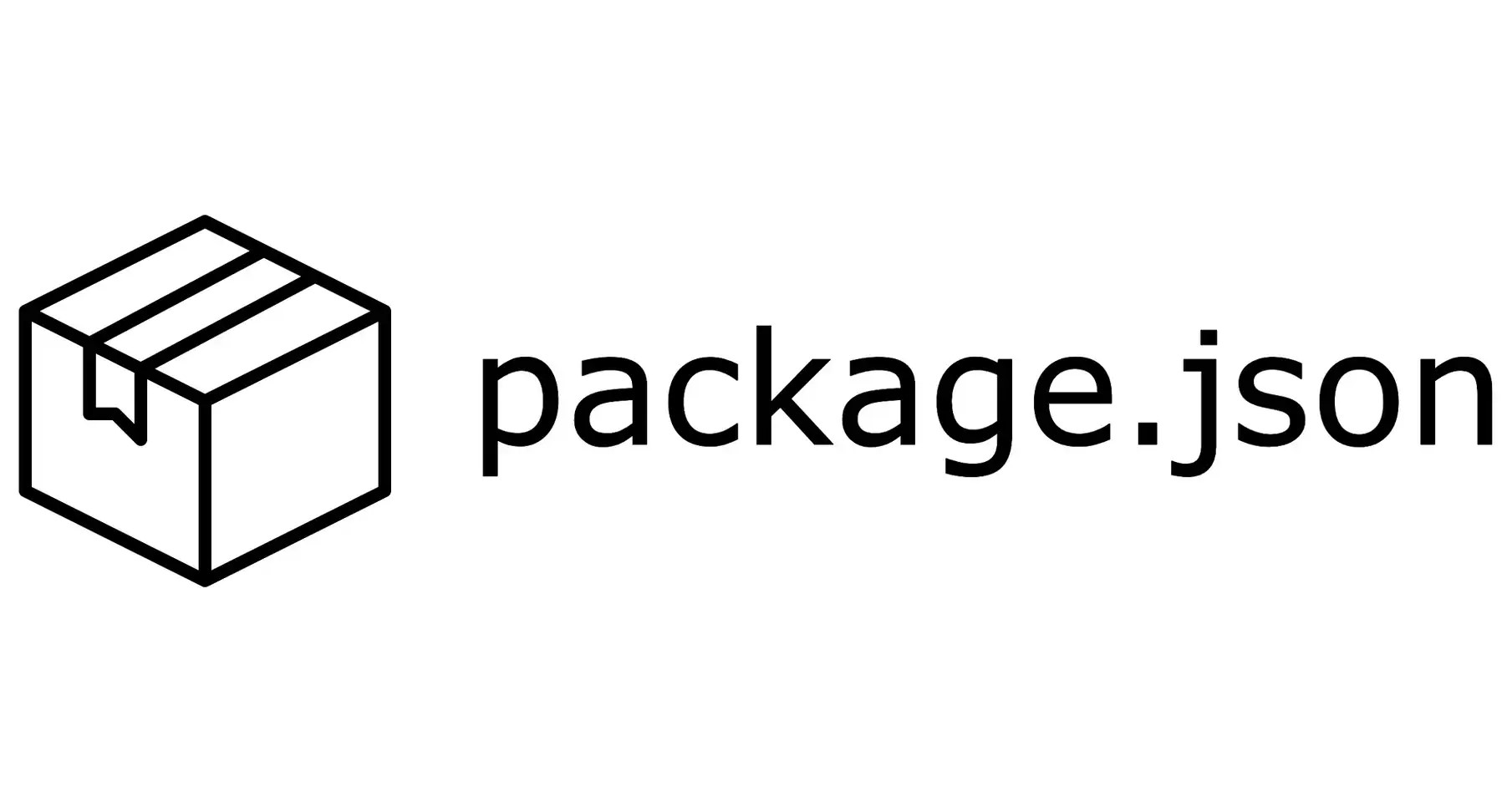Master Dependency Management in package.json : A Comprehensive Guide
 Jayshree Sadangi
Jayshree Sadangi
In the domain of modern web development, the mastery of dependency management is crucial for constructing robust and high-performing applications. Whether you are fine-tuning a modest personal project or orchestrating a comprehensive enterprise solution, an intricate understanding of dependency management is essential for maintaining project stability, security, and scalability. At the core of this endeavour is the package.json file—an invaluable asset in the Node.js ecosystem.
What is package.json?
The package.json file acts as a vital manifest within Node.js ecosystems, delineating project metadata and a comprehensive list of dependencies crucial for the project's functionality. It serves as the principal interface for npm (Node Package Manager), facilitating package installation, script management, and various other project-related operations.
Dependencies in package.json
Dependencies within the package.json file encompass external libraries, frameworks, and modules imperative for the project's operational integrity. These dependencies are typically classified into two principal categories: production dependencies and development dependencies.
Production Dependencies
Production dependencies, also known as runtime dependencies, are the libraries and modules indispensable for the application’s execution in a production environment. These packages are integral to the application’s functionality, including frameworks such as Express.js for server-side development or libraries like Axios for HTTP requests.
To incorporate a production dependency into your package.json, utilise the following command:
npm install <package-name> --save
This command not only installs the specified package but also appends it to the dependencies section in the package.json file.
Development Dependencies
Conversely, development dependencies are those required solely during the development and testing phases, and are not necessary for the application’s production runtime. These typically include testing frameworks, build tools, linters, and other utilities instrumental during development. Examples include Jest for unit testing, Babel for transpiling ES6 code, and ESLint for code linting.
To add a development dependency to your package.json, employ the following command:
npm install <package-name> --save-dev
This command installs the package and records it under the devDependencies section in the package.json.
Managing Dependencies
Effective dependency management is critical for maintaining project stability, security, and performance. Consider the following best practices:
Regular Updates: Periodically updating dependencies is vital for integrating the latest bug fixes, security patches, and performance enhancements. Use the
npm outdatedcommand to identify outdated packages andnpm updateto upgrade them.Semantic Versioning: Adopting semantic versioning (semver) to specify version ranges in your
package.jsonis highly recommended. Semver facilitates compatibility management, where a version string like “^1.2.3” denotes acceptable updates from 1.2.3 up to, but not including, 2.0.0.Security Audits: Conducting security audits is essential for identifying and mitigating vulnerabilities within dependencies. Utilise the
npm auditcommand to detect security issues and consider tools likenpm audit-fixor third-party services for automated vulnerability resolution.Prune Unused Dependencies: Eliminating unused dependencies can enhance project performance and reduce bloat. Commands such as
npm pruneornpm autoremovecan assist in removing superfluous packages.Thorough Documentation: Maintaining meticulous documentation of your dependencies, including their purpose and usage, fosters better understanding and collaboration among developers.
Conclusion
A profound grasp of dependency management within the package.json file is pivotal for the success of Node.js projects. By adhering to best practices such as regular updates, semantic versioning, security audits, and efficient pruning, you ensure your project’s resilience and scalability. Remember, dependency management is an ongoing endeavour, necessitating vigilant attention throughout the project’s lifecycle to adapt to evolving requirements and technological advancements.
Subscribe to my newsletter
Read articles from Jayshree Sadangi directly inside your inbox. Subscribe to the newsletter, and don't miss out.
Written by

Jayshree Sadangi
Jayshree Sadangi
Hello! I'm Jayshree Sadangi, a passionate and dedicated Software Developer. I recently graduated with a Bachelor of Technology degree from Parala Maharaja Engineering College in Berhampur, Odisha. With a strong foundation in Software Development and Software Testing, I specialize in designing and creating responsive, user-friendly web applications.